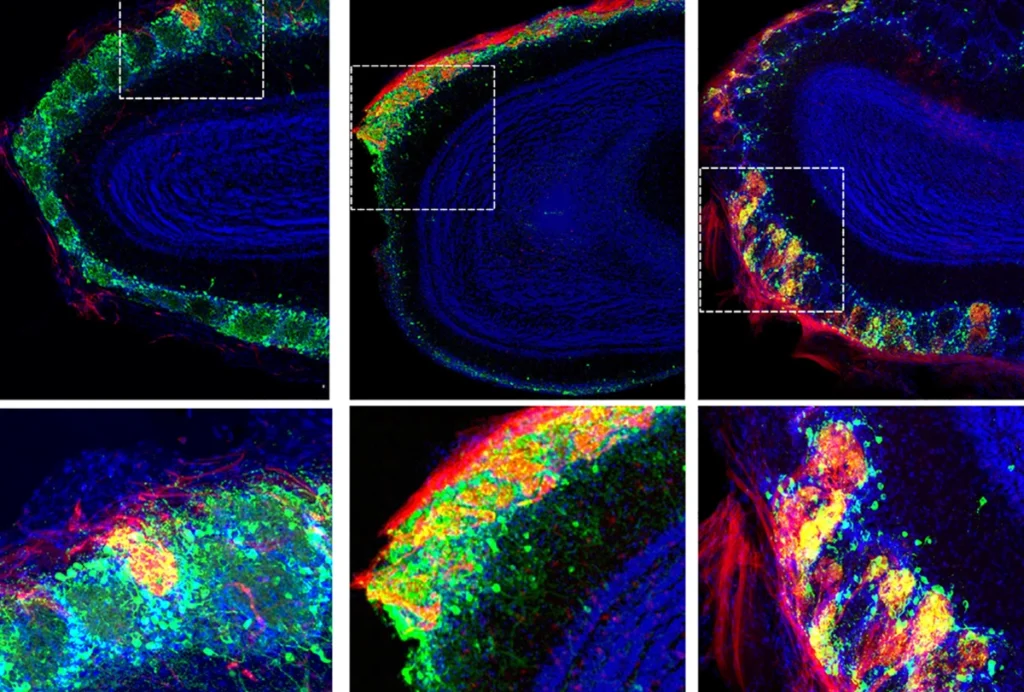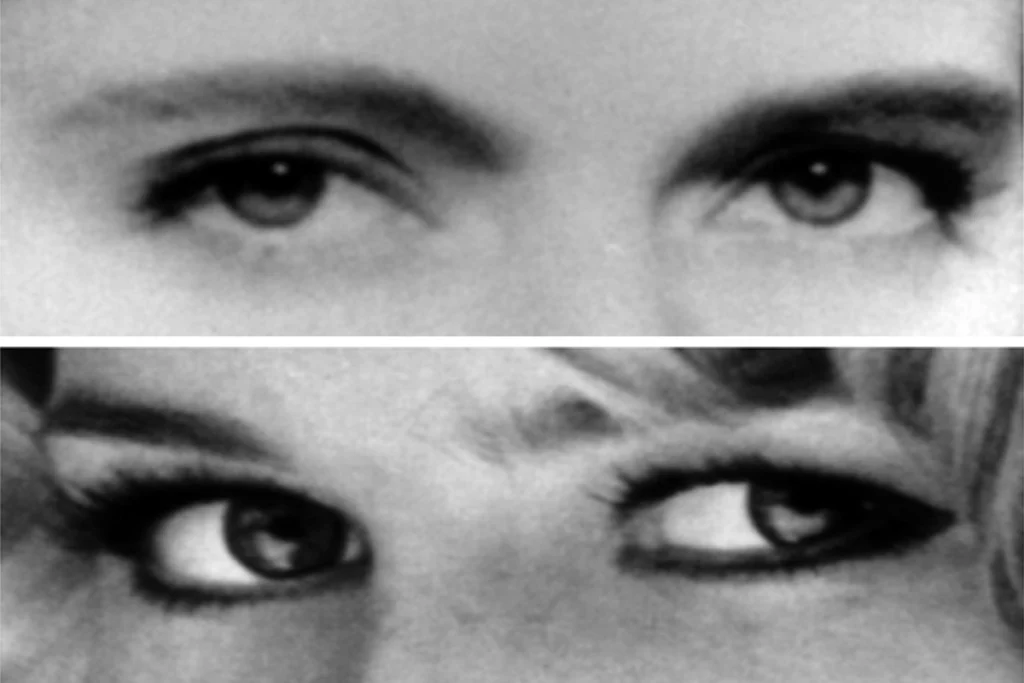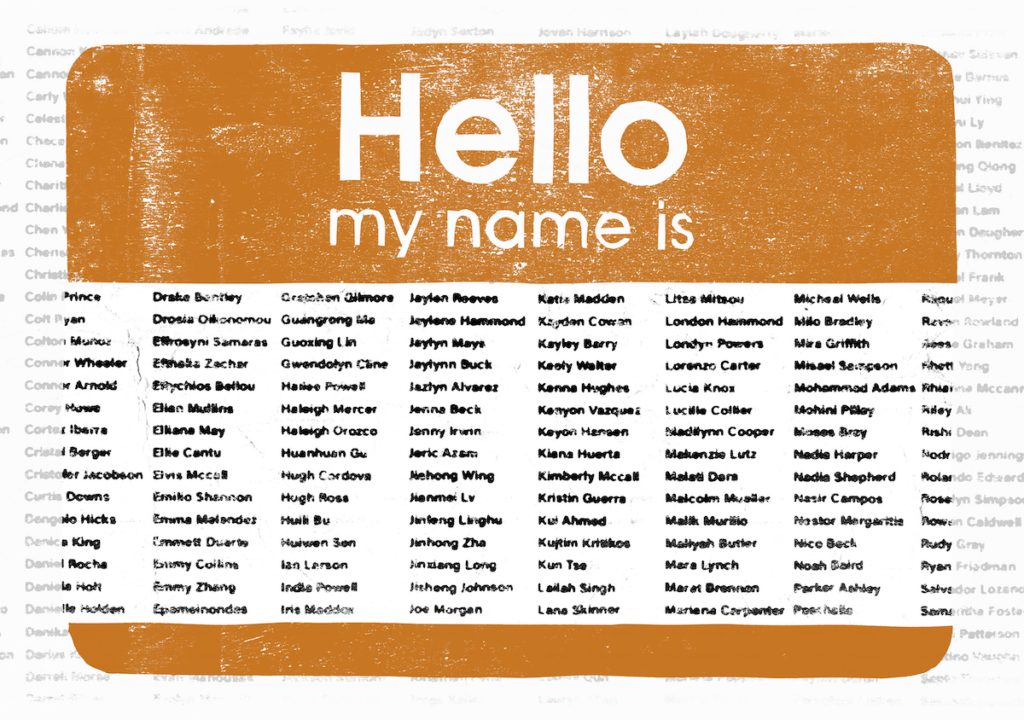Late-life diagnosis; narrated brain stimulation; microglia movie and more
Women describe relief at finally learning they have autism, a man with epilepsy narrates during stimulation of his brain, and the brain’s immune cells are caught on film nibbling at neuronal connections.
- “I’d felt as though everyone but me had been given a manual on how to behave around other people,” is how one woman describes her experience before being diagnosed with autism as an adult. Her words echo those of six other women who shared their later-life autism diagnoses in a series of short interviews published 26 March in BBC News.
Many of the women speak of feeling like a stranger among their peers during childhood. They also describe first being misdiagnosed with conditions other than autism, such as borderline personality disorder, and often feeling more connected to their interests than to other people.
- If you’ve ever wished the brain could narrate its own responses to natural or artificial stimulation, here’s your wish on film. A video featured 15 March in Neuropsychologia shows a man narrating his feelings in real time during electrical stimulation of the amygdala, a hub for emotion processing in the brain. He compares the feeling to the terror of being attacked by a dog.
Despite saying that the stimulation was “so scary it was nauseating … so intense,” the man recovered quickly and went so far as to say, “I could do it again.”
- Speaking of wish fulfillment, how about a video of the brain’s secret gardeners, the microglia, in action? These immune cells are implicated in autism. They have now been caught on camera ‘nibbling’ at the structures where neurons meet, reinforcing the idea that they shape the connections between neurons. Researchers publishing their findings 26 March in Nature Communications call the microglial activity ‘trogocytosis’ because ‘trogo’ means ‘to nibble.’
- The United Kingdom’s National Autistic Society has kicked off year three of its “Too Much Information” campaign with a short video depicting the experience of sensory overload. The clip, “Diverted,” released 26 March, features Saskia Lupin, an actress with autism, showing what it’s like to become overwhelmed by the sights and sounds of a busy train during an unexpected delay.
But there’s a twist. As the brief video ends, we learn that she’s only been imagining the experience. She was so overwhelmed with anxiety about what she might encounter that she never even left her house.
- Is the standard statistical significance threshold used in life sciences and clinical research too liberal? Stanford University’s John Ioannidis argues as much in a 22 March commentary in the Journal of the American Medical Association. Ioannidis, a long-time critic of standard practices in life sciences research, says most claims relying on the current 0.05 cutoff are “likely false.”
He bases that claim on results of simulations that consider study design as a factor in the validity of the 0.05 cutoff. Ioannidis supports lowering the threshold to 0.005, a proposal he says has the support of a “large coalition” of 72 scientists who specialize in study methods.
- In 2016, a set of guidelines showed clinicians how to screen adolescents with autism for gender dysphoria because the two conditions commonly co-occur. A 21 March article in Slate describes evidence for a link between the two. The writer notes that the association goes both ways and says people with a gender dysphoria diagnosis also should be screened for autism.
- Apple has submitted a proposal to Unicode, the arbiter of emoji options, to offer several new ‘accessibility emojis.’ The proposed emoji additions include a hearing aid, prosthetic limbs, a guide dog and people using mobility devices. Emojipedia blogged about the proposal 23 March.
How people will use the emojis is unpredictable, but Apple’s intent is to “better represent people with disabilities,” the proposal states. Adopters could use them to self-represent in online handles and other venues. Emojipedia says that if Unicode approves the submission, the emojis should be available in the first half of 2019.
- Children with autism tend to be behind schedule with vaccines at ages 4 to 6 years, and their younger siblings tend to be behind schedule at any age. Writing 26 March in JAMA Pediatrics, researchers say these children are all at increased risk for vaccine-preventable diseases. They suggest that parental refusal could partly explain the missing vaccinations, possibly tracing to a persistent belief that vaccines and autism are linked.
- Researchers at Stanford University in California have developed a way to detect silent seizures, or symptomless seizure activity. A report published online 20 March on the university’s news page says that the “brain stethoscope” is user-friendly enough that nonspecialists — medical students and nurses, in this case — can detect these silent events of epilepsy.
About one-third of people with autism also have epilepsy. A rapid way to detect silent seizures could be a boon for people on the spectrum who find long electroencephalograms and multiple appointments difficult to navigate.
- In some individuals with autism, a problem with the cell’s energy organelles, called mitochondria, contributes to their condition. Getting a diagnosis is often an “odyssey” for these people, researchers write 26 March report in Neurology Genetics. People with conditions affecting mitochondria have seen an average of eight clinicians and been told they have non-mitochondrial conditions before receiving a correct diagnosis.
- Do you have a new paper coming out? Are you making a career move? Did you see a study or news story that you want to share? Send your news tips to [email protected].
Explore more from The Transmitter

Rat neurons thrive in a mouse brain world, testing ‘nature versus nurture’

